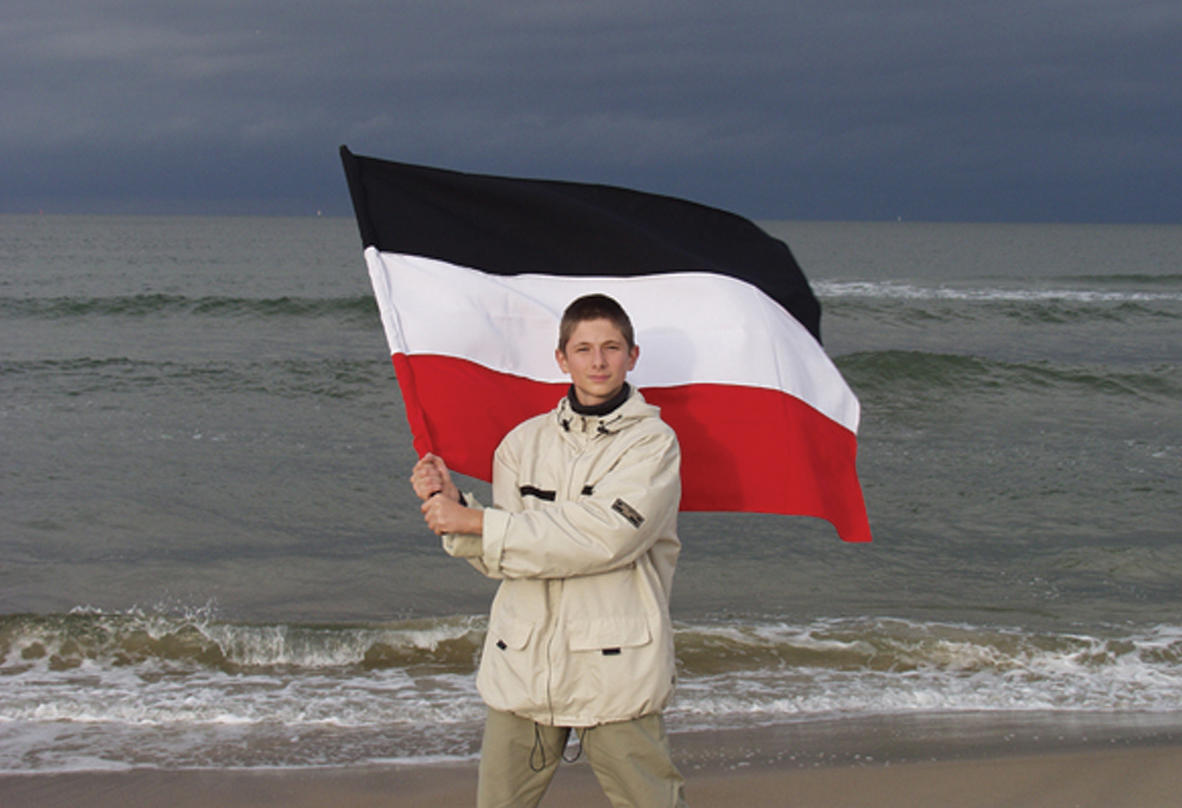
Bristol
Port City
Arnolfini
September 15–November 11, 2007
In Britain, 2007 is the year of Abolition 200, a commemoration of Parliament’s abolition of the slave trade. Although it was to be a further three decades until slavery itself was finally abolished in Britain’s Caribbean colonies, 1807 marked a significant point in the abolitionists’ campaign.
In some ways, ‘Port City’ could be bracketed with assorted events commemorating the abolition bicentennial, though, to its considerable credit, the exhibition put a refreshing amount of clear water between itself and much of the other abolitionist fare on offer.
The exhibition took as its starting point the persuasive, if familiar, idea that many of the capitalist impulses that led to the transatlantic slave trade are still with us today under the somewhat less pejorative guise of the “free market.”
Bristol’s present-day wealth and importance owe much to its history as a trading city, slaves being one of the port’s most valuable commodities. And Arnolfini is located within a historic building that sits in the heart of Bristol’s original dock area. Put simply, the gallery gave ‘Port City’ one hell of a context.
The exhibition repeatedly exhorted the viewer to consider the extent to which today’s sophisticated trade routes, delivering no end of consumer products, rely on sizable pools of cheap and impoverished labor. Furthermore, this cheap labor has to be ruthlessly kept in place and in check, in order for the “free” market to operate with maximum profit.
In that context, the images of economic refugees used by various artists in the exhibition represented an emphatic challenge to the existing world order. Perhaps the most striking examples of this deviance were to be seen in Ursula Biemann’s Sahara Panels, a series of aerial photographs that charted the determined migration of sub-Saharan Africans toward Europe (and the equally determined efforts of the Moroccan authorities to stymie that migration).
Economic migrants refuse to remain quarantined and thus pose a threat to the world’s more affluent countries. Free movement, holidays, and cheap air travel are luxuries reserved for the world’s pampered and privileged minority. In real terms, the free movement of cheap labor threatens the very foundations of the free market. Unfortunately, ‘Port City’ tried too hard to make its point. Far too many artists were corralled into too little space; the exhibition’s poignant issues could have had even greater clarity and depth if represented by fewer contributions.
In one gallery, works by Maria Magdalena Campos-Pons, William Pope.L, and Yto Barrada — showing large monochrome photographs of exhausted migrants resting en route to their anticipated land of milk and honey — vied for attention with an expansive sculptural piece by Meschac Gaba.
In part, the exhibition’s difficulties lay in a predictable over-reliance on audiovisual work. Ursula Biemann’s installation Sahara Chronicles, for example, a looping series of short videos documenting the sub-Saharan exodus toward Europe, consisted of seven monitors and four projections, presented in one gallery that was crowded with competing sounds and images. We could only view the work as an installation in which specific words, voices, sentences, and images were rendered largely inaccessible or of lesser value.
Meschac Gaba emerged as the star of the show. Sweetness, his large floor piece, mapped out an imaginary port city that included many of the world’s most recognizable landmarks — the Empire State Building, Sydney Opera House, Eiffel Tower, Cathedral of Brasilia, and so on — all rendered in white sugar.
Sugar was introduced to European consumers as, among other things, a sweetener for tea and coffee, newly introduced drinks that were gaining in popularity. It rapidly became, and remains, one of the most traded commodities in the world. But its production relied on farming practices and plantation slavery that plunged Africa into unimaginable depths of genocide and misery. Gaba reminded us that we in the world’s wealthier countries are all, in one way or another, complicit in the continued exploitation of cheap labor.
What a shame therefore that Sweetness was presented in a way that played down — by striking viewers first and foremost as being quirky and novel rather than emphasized its sinister and menacing message.
In general, ‘Port City’ succeeded in getting its message across but did so at the expense of individual artists’ contributions.
www.arnolfini.org.uk